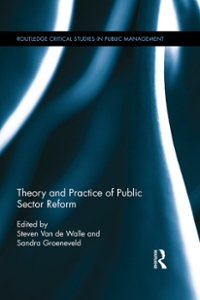Question
Bill has 10 dollars to spend on fruit. Specifically, apples (good 1) and oranges (good 2). These are the only fruits in the market. The
Bill has 10 dollars to spend on fruit. Specifically, apples (good 1) and oranges (good 2). These are the only fruits in the market. The price of an orange is 1, so p2 = 1. 1. Draw Bill's budget set for the case where the price of an apple is p1 = .5. Assume that fruit quantities can be chosen anywhere on the non-negative real line. So, yes, there is such a thing as buying a half apple... Generally speaking, respecting the integer constraints on consumption choices will tend to provide little additional economic insight and add technical complications, so the course tends to disregard integer constraints. 2. The market introduces a buy one, get the next one at half price policy for apples. So, the price of one apple is fifty cents and the price of two apples is 75 cents. The price of three apples is one dollar and 25 cents, and so forth. Draw Bill's budget set. Adopt a sensible assumption about how pricing works in terms of buying fractions of an apple and state it explicitly.

Step by Step Solution
There are 3 Steps involved in it
Step: 1

Get Instant Access to Expert-Tailored Solutions
See step-by-step solutions with expert insights and AI powered tools for academic success
Step: 2

Step: 3

Ace Your Homework with AI
Get the answers you need in no time with our AI-driven, step-by-step assistance
Get Started


